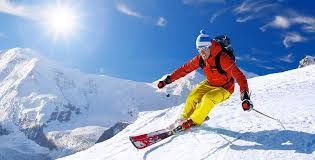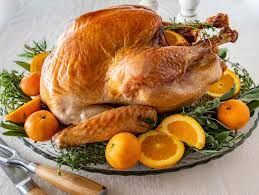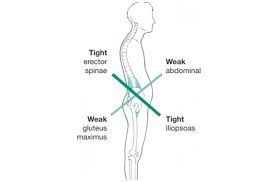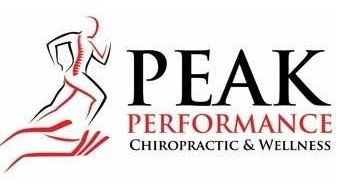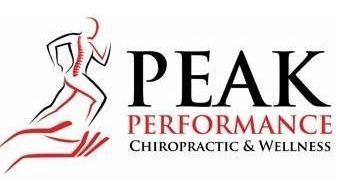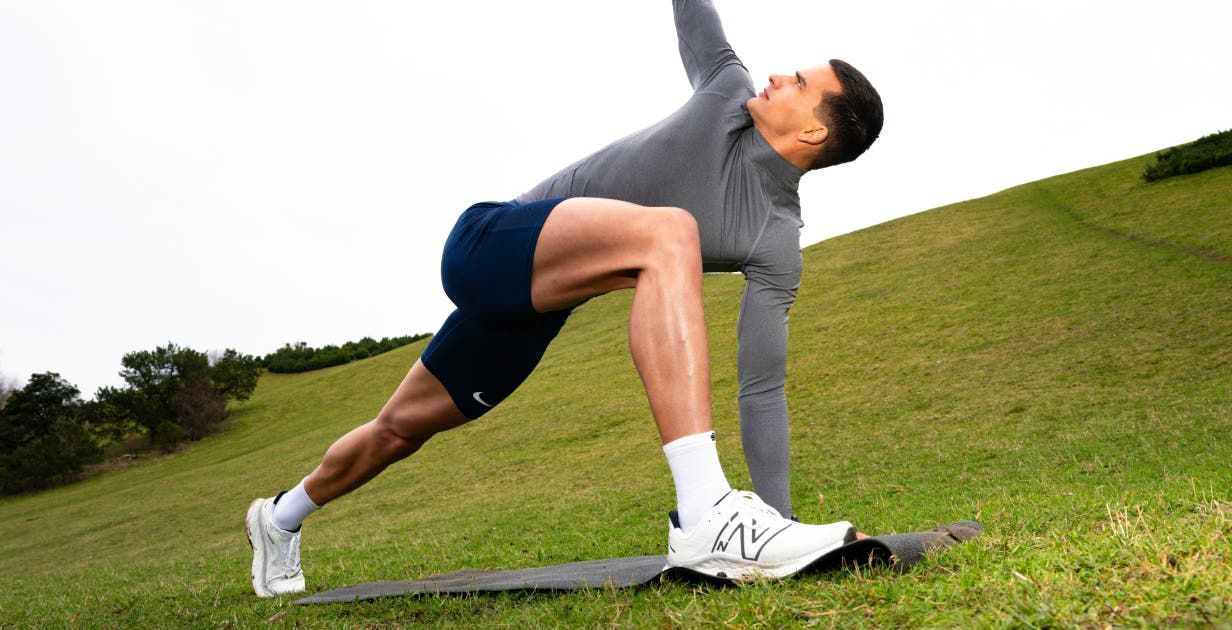Breaking Down the Raking Up: How to Protect Your Back This Fall
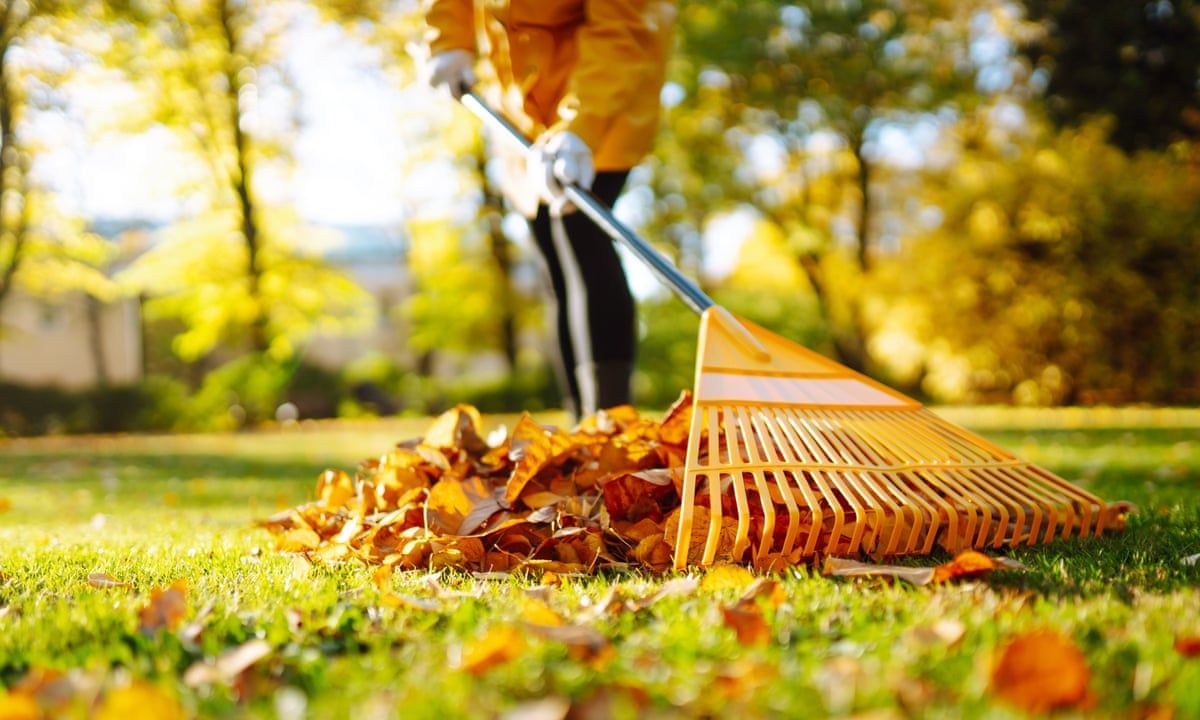
Fall in Buffalo is beautiful—the crisp air, the smell of bonfires, and, of course, the sea of colorful leaves blanketing your yard. But before you grab your rake and get to work, it’s worth talking about something most people don’t think about until it’s too late: the physical toll of yard work. Raking may seem harmless, but poor technique, repetitive motion, and improper lifting can lead to back pain, muscle strain, and even more serious injuries.
Here’s what you should know about protecting your body during fall cleanup—and how chiropractic and massage care can help you recover and stay strong all season long.
Common Raking Injuries
Raking might not feel as intense as shoveling snow or mowing the lawn, but the motion involves your entire body—from your shoulders and core to your lower back and hips. When done incorrectly or for long periods without breaks, a few common injuries can pop up:
1. Low Back Strain
The most frequent complaint after a day of raking is low back pain. Bending repeatedly, twisting the spine, and pulling the rake unevenly can strain the lumbar muscles and ligaments. This type of overuse can lead to soreness, stiffness, and even muscle spasms.
2. Shoulder and Neck Pain
Raking involves a repetitive arm motion that can irritate the shoulder and neck muscles—especially if you tend to overreach or use one side of your body more than the other. Over time, this can lead to muscle imbalances, tension headaches, or even rotator cuff irritation.
3. Elbow and Wrist Strain
If you’re gripping the rake too tightly or using a handle that’s too short, the small muscles and tendons in your forearms can become overworked. This can result in discomfort similar to “tennis elbow.”
4. Hip and Knee Aches
Standing in one position too long or twisting repeatedly at the hips can stress your lower joints. Add in uneven ground or wet leaves, and the risk for slips or sprains goes up.
The good news? Most of these injuries are preventable with proper technique and a little bit of body awareness.
Proper Raking Form 101
Before you start raking, take a few minutes to set yourself up for success. Think of raking as a light workout—because it is! Here’s how to protect your body from head to toe:
1. Warm Up First
Just like you wouldn’t sprint without stretching, you shouldn’t do yard work without loosening up. Try these quick, mobility-friendly moves:
- Torso Twists: Stand tall and gently rotate your torso side to side 10–15 times to warm up your spine.
- Hip Circles: With hands on your hips, make small circles in both directions to loosen your hips and lower back.
- Shoulder Rolls: Roll your shoulders forward and backward 10 times each to prep your upper body.
- Standing Hamstring Stretch: Gently hinge at your hips, reaching for your toes to stretch your hamstrings.
These light stretches only take a few minutes but can go a long way in preventing muscle strain.
2. Use the Right Equipment
Choose a rake that matches your height. A handle that’s too short forces you to hunch over, while one that’s too long can make the motion awkward and inefficient. Lightweight rakes with padded grips are also easier on the hands and wrists.
3. Watch Your Posture
Keep your back straight and hinge at your hips instead of rounding your spine. Engage your core muscles to support your lower back and avoid twisting at the waist. Instead, pivot with your feet to turn your whole body as you move.
4. Switch Sides Often
Most people naturally rake using their dominant hand, which means you’re overusing one side of your body. Try alternating sides every few minutes to distribute the workload evenly. It might feel awkward at first, but your muscles and spine will thank you later.
5. Don’t Overload the Rake
Wet leaves can get surprisingly heavy. Instead of trying to move a giant pile all at once, rake smaller, more manageable sections. When it’s time to bag the leaves, bend at your knees—not your waist—and keep the bag close to your body as you lift.
6. Take Breaks
Every 15–20 minutes, take a short break to stretch and hydrate. This gives your muscles a chance to recover and helps prevent fatigue-related injuries.
Recovery Tips: What to Do After Raking
If you finish raking and notice some soreness, don’t panic—it’s normal to feel a bit tight after using muscles you don’t engage every day. Here’s how to help your body recover:
- Gentle Movement: Take a short walk to promote blood flow and prevent stiffness.
- Heat or Ice: Use ice if you feel acute pain or inflammation, or apply heat later on to soothe general muscle soreness.
- Stretch Again: Repeat some light stretches, focusing on your back, shoulders, and hamstrings.
- Hydrate: Yard work can be more of a workout than you realize—refill your water bottle!
If pain lasts more than a couple of days or feels sharp, it’s time to have it checked out.
How Chiropractic and Massage Care Can Help
Even with great form, raking and other yard work can reveal underlying tension, joint restrictions, or muscle imbalances. That’s where chiropractic and massage care come in.
Chiropractic Care:
Chiropractors specialize in assessing and improving spinal alignment and joint mobility. If you’ve tweaked your back while raking, chiropractic adjustments can help restore normal motion, reduce inflammation, and relieve pressure on irritated nerves. Beyond immediate relief, regular care can also improve your posture and core stability, lowering the risk of future injuries.
Massage Therapy:
Massage is an excellent complement to chiropractic care, especially for tight or overworked muscles. Techniques like deep tissue massage or trigger point therapy can release tension in the neck, shoulders, and lower back—common hotspots after yard work. Massage also promotes circulation, helping your body recover faster and reducing soreness.
Whether you’re easing post-raking stiffness or prepping for a winter of shoveling and snow-blowing, both chiropractic and massage treatments can act as “tune-ups” to keep you moving comfortably.
Get Winter-Ready with Peak Performance
Fall cleanup is the perfect reminder to take care of your body as you take care of your home. As you winterize your yard—cleaning gutters, storing patio furniture, and tackling those last-minute outdoor chores—don’t forget about your own maintenance.
At Peak Performance Chiropractic & Massage, we help Buffalo’s active community stay strong, mobile, and pain-free through every season. Whether you need a quick adjustment after an afternoon of leaf duty or a massage to work out the kinks from a long weekend of home projects, our team is here to help you feel your best.
So grab your rake, mind your form, and if your back protests afterward—come see us. We’ll get you back on track faster than you can say “pumpkin spice.”
Bethany Wolcott
D’Youville Chiropractic ‘26

